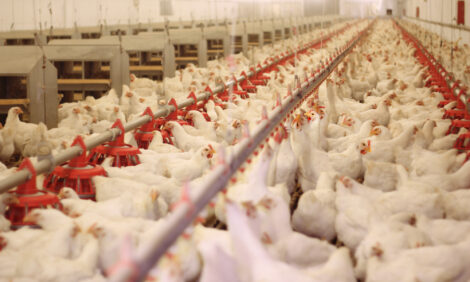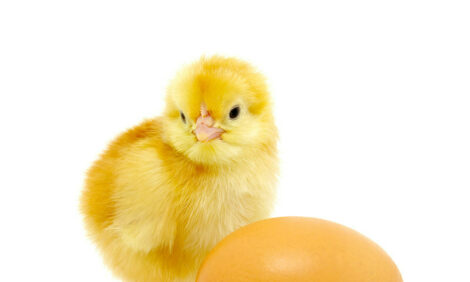



IPPE: Biosecurity protocols key to keeping feed safe
Dr. Enrique Montiel with Anitox shares biosecurity tips related to feedPart of Series:
< Previous Article in Series Next Article in Series >
Contaminated feed can quickly carry disease organisms to production animals. Minimizing opportunities for feed and other fomites to transmit and spread disease is key to effective biosecurity protocols.
"Controlling feed microbial contamination is part of an overall biosecurity effort on any animal production system operation," said Dr. Enrique Montiel, global director of nutrition and live production with Anitox. "In terms of biosecurity, feed is a central element that can quickly reach the whole operation and is also accessible to other vectors that can bring contamination into feed. Feed pathogen control programs minimize this by ensuring feed is properly sanitized so that it's safe from the point of manufacturing to the point of consumption."
Since feed is central to production, it must be protected from contamination. Comprehensive and holistic biosecurity systems mitigate risk by restricting entry of external fomites to the farm and preventing access to production animals. For example, feed is routinely delivered to operations so many operations take action to prevent pathogen entry via vehicles and drivers. However, the microbial load of the feed is not only spread throughout the operation but delivered directly to the birds. Montiel stressed that feed is a vital fomite that needs to be sanitized at the point of manufacturing to protect feed from recontamination.
While pelleting temperatures may knock back the feed microbial load, they often are not sufficient to eliminate feed-source pathogens, leaving untreated feed vulnerable to recontamination. Therefore, the only way to protect feed against microbial pathogens is to implement an effective feed sanitation program.
"Feed can be a security breach if not effectively sanitized," Montiel said. "Allowing feed to carry disease-causing pathogens onto your farm."
It's easy to think of avian influenza since it's a current threat, but all pathogens, including Salmonella, should be included in biosecurity plans.
Producers wanting to take effective action to protect their animals against contamination can get more information at www.anitox.com/poultrysite.










